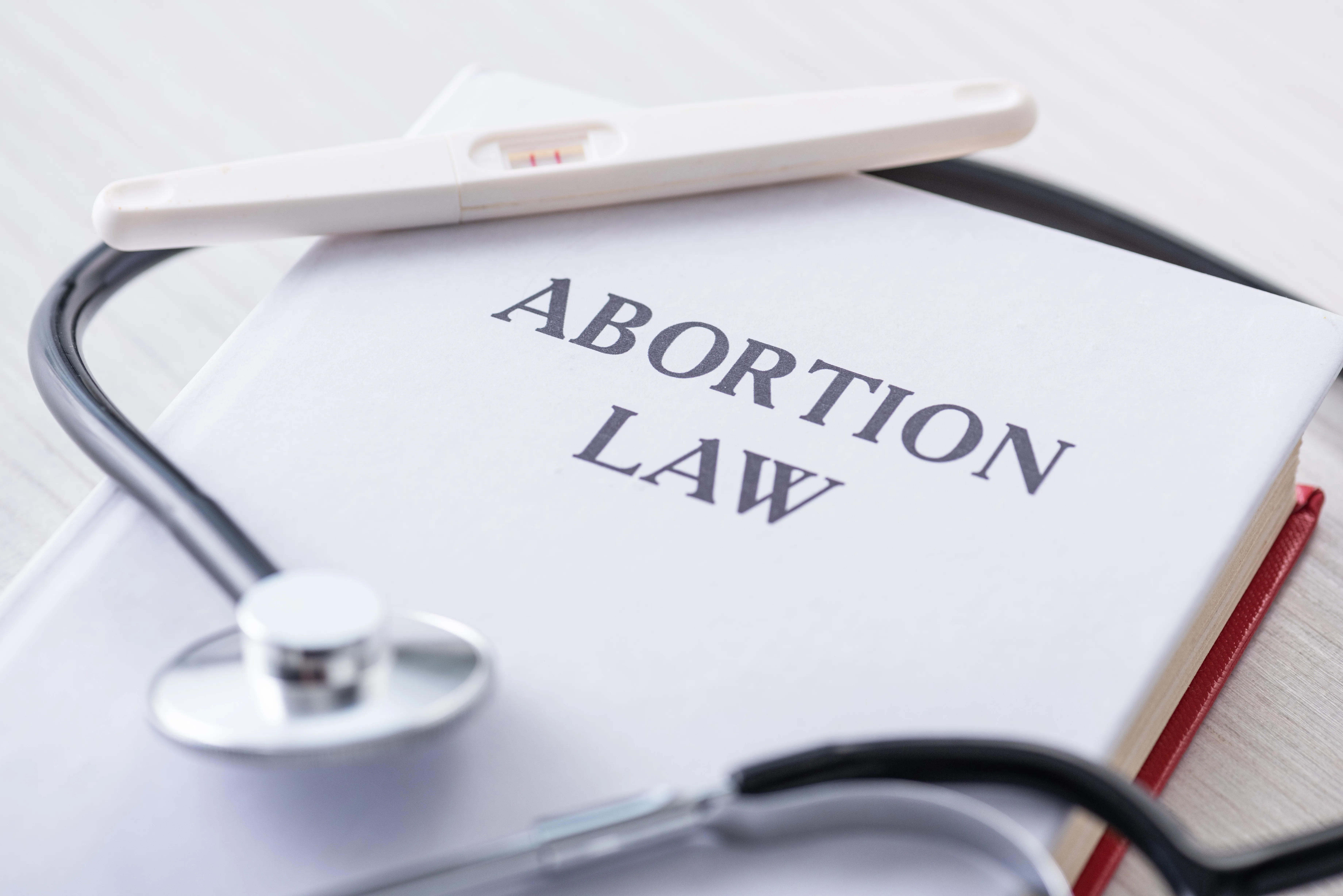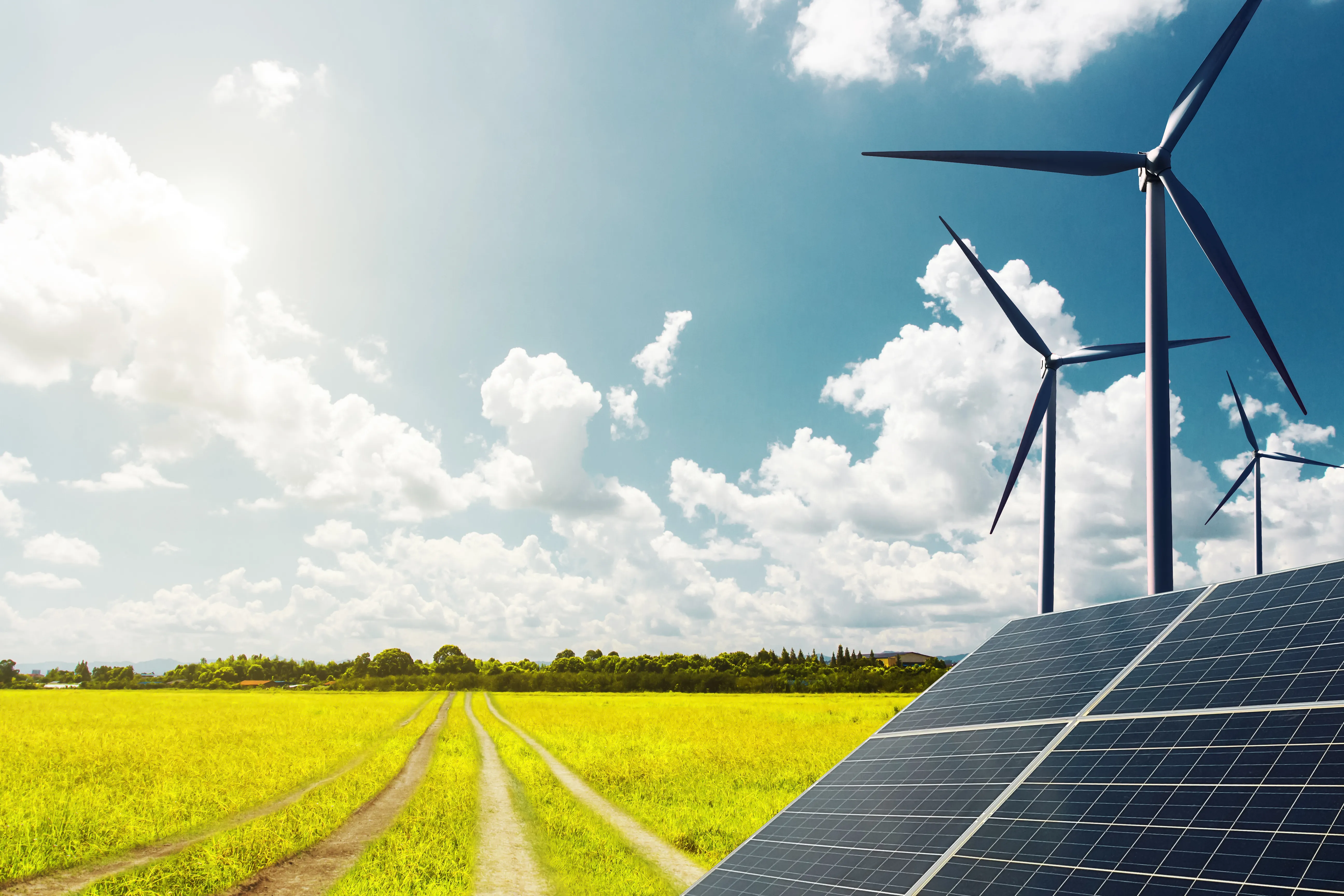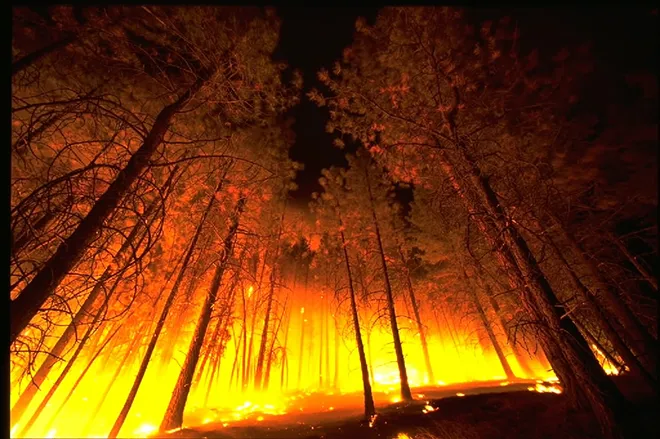
NOAA predicts increased likelihood of La Niña this fall and winter
The National Oceanic and Atmospheric Administration (NOAA) has updated its El Niño-Southern Oscillation (ENSO) forecast, predicting a 71 percent chance of La Niña conditions developing between October and December 2025. By January to March 2026, the likelihood drops slightly to 54 percent, according to NOAA’s latest analysis released this week.
La Niña is characterized by cooler-than-average sea surface temperatures in parts of the equatorial Pacific Ocean and can influence weather patterns globally, including colder U.S. winters in the north and drier conditions in the South. Current oceanic and atmospheric data show a transition from ENSO-neutral to La Niña within the next few months, as reported by NOAA’s Climate Prediction Center.
The forecast is based on weekly monitoring of sea surface temperatures, upper-ocean heat content, and other indicators. NOAA scientists attribute their confidence in the prediction to recent trends observed in equatorial Pacific waters, which align with historical patterns seen during La Niña events.
The next official ENSO Diagnostic Discussion will be released October 9.
Editor’s note: Portions of this article have been augmented with the assistance of Large Language Models for analysis, with human review, editing, and original material.
















